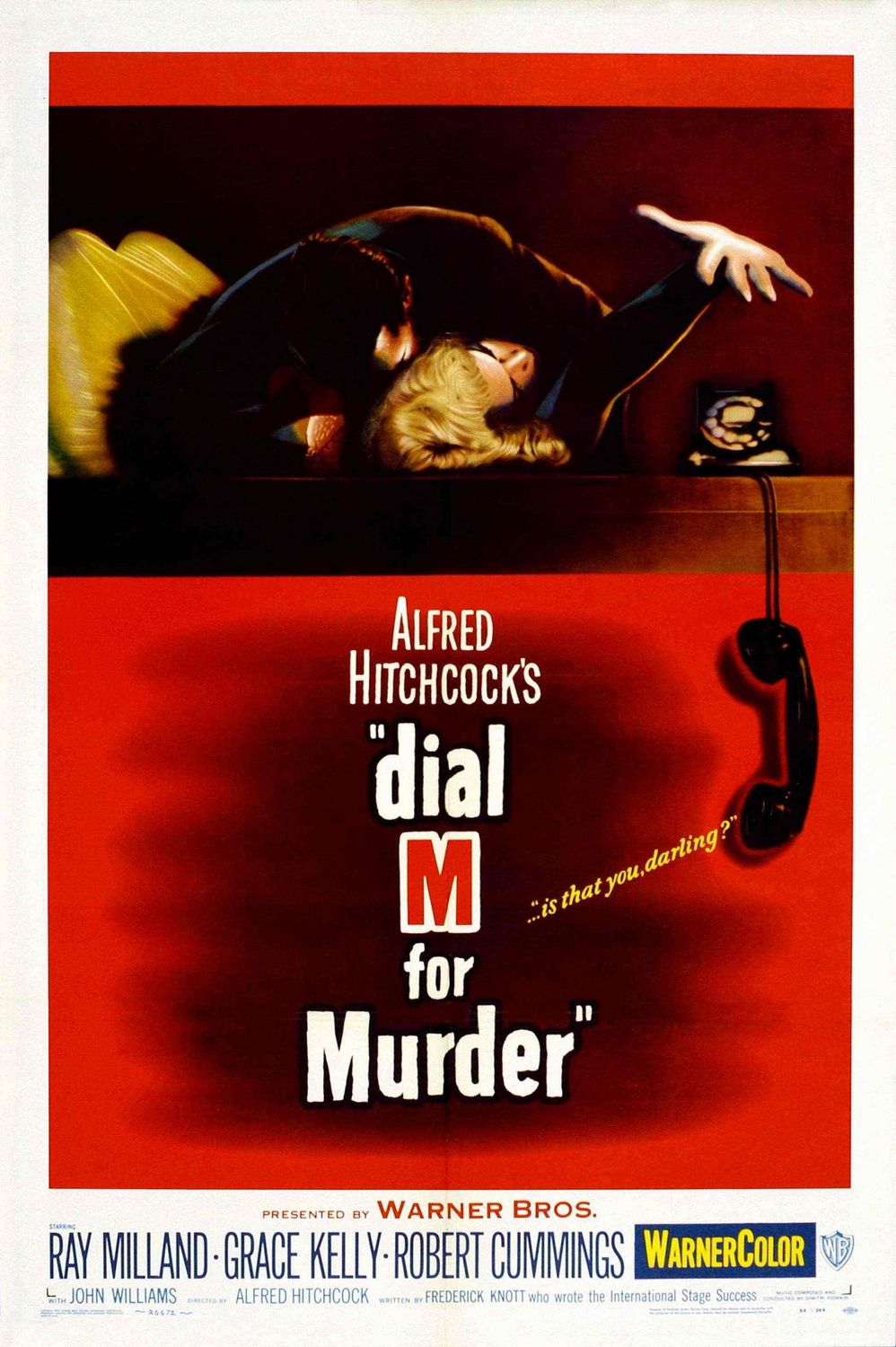A blog formerly known as Bookishness / By Charles Matthews
"Dazzled by so many and such marvelous inventions, the people of Macondo ... became indignant over the living images that the prosperous merchant Bruno Crespi projected in the theater with the lion-head ticket windows, for a character who had died and was buried in one film and for whose misfortune tears had been shed would reappear alive and transformed into an Arab in the next one. The audience, who had paid two cents apiece to share the difficulties of the actors, would not tolerate that outlandish fraud and they broke up the seats. The mayor, at the urging of Bruno Crespi, explained in a proclamation that the cinema was a machine of illusions that did not merit the emotional outbursts of the audience. With that discouraging explanation many ... decided not to return to the movies, considering that they already had too many troubles of their own to weep over the acted-out misfortunes of imaginary beings."--Gabriel García Márquez, One Hundred Years of Solitude
Tuesday, June 7, 2016
Dial M for Murder (Alfred Hitchcock, 1954)
It's a measure of how little Hollywood understood what kind of filmmaker Alfred Hitchcock was that Warner Bros. insisted he make Dial M for Murder in 3-D. The process was nearing the end of its '50s heyday, one of the several attempts by the troubled studios to draw patrons away from their TV sets and into the theaters. The 3-D films of the '50s, like the blockbusters released in the process today, were mostly filled with things being flung, poked, thrust, or shot at the audience. As Hitchcock had a reputation as a "master of suspense," perhaps the studio assumed that he'd use the process to scare people. But he never needed tricks like 3-D for that, being perfectly skilled at pacing and cutting to build tension in the audience. Dial M ended up being shown mostly in 2-D anyway, and only some very peculiar blocking and framing in its images today show the efforts Hitchcock and cinematographer Robert Burks did to accommodate the moribund process: Scenes are often filmed with table lamps prominent in the foreground, for no other reason than to emphasize the action taking place beyond them. The scene in which Swann (Anthony Dawson) attempts to murder Margot (Grace Kelly) is the only bit of action that would have benefited from the process, with Margot's hand desperately reaching toward the audience for the scissors behind her. Dial M is essentially a filmed play -- Frederick Knott adapted his own theatrical hit for the movies -- and as such relies far more on dialogue and spoken exposition for its narrative coherence. It was the first of three movies -- the other two are Rear Window (1954) and To Catch a Thief (1955) -- that Hitchcock made with Kelly, and the one that gives her least to do in the way of characterization: Mostly she just has to be a pawn moved about by her husband (Ray Milland), her lover (Robert Cummings), and the police inspector (John Williams). But she clearly defined Hitchcock's "type," already partly established in his films with Joan Fontaine and Ingrid Bergman: the so-called "cool blond." Eva Marie Saint, Kim Novak, Tippi Hedren, and Janet Leigh would attempt to fill the role afterward, but never with quite the charisma that Kelly, a limited actress but a definite "presence," achieved for him. Milland is very good as the murderous husband, and Williams is a delight as the inspector who has to puzzle out what's going on with all those door keys. The rather goofy-looking Cummings has never made sense to me as a leading man -- he almost wrecks Saboteur (1942), an otherwise well-made Hitchcock film that might be regarded as one of his best if someone other than Cummings and the bland Priscilla Lane had been cast in the leads. It's not surprising that after his performance in Dial M he went straight into television and his own sitcom.
Links:
Alfred Hitchcock,
Anthony Dawson,
Dial M for Murder,
Frederick Knott,
Grace Kelly,
John Williams (actor),
Ray Milland,
Robert Burks,
Robert Cummings
Subscribe to:
Posts (Atom)
